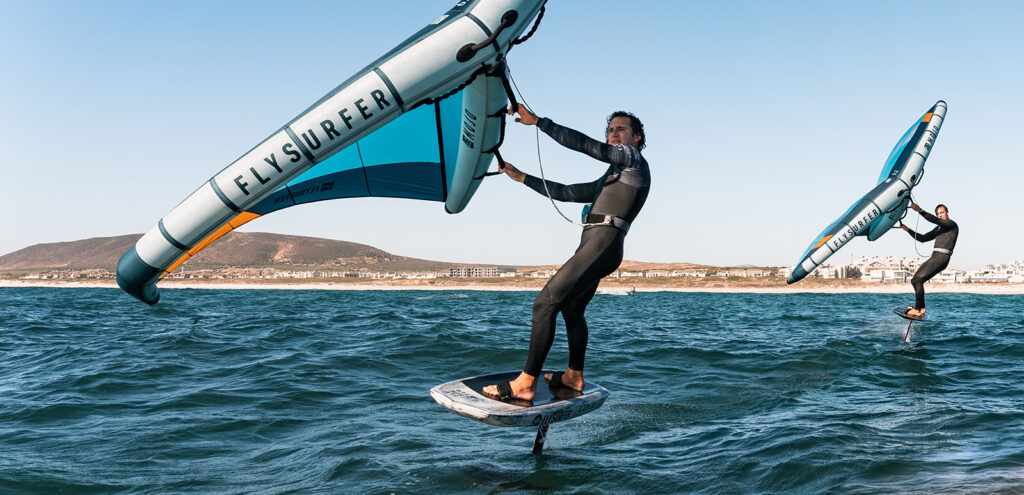Hydrofoil surfboards have gained immense popularity in recent years due to their ability to provide an exhilarating and unique riding experience. These boards are a fusion of advanced technology, materials, and design to achieve optimal performance in the water. In this article, we will delve into the essential components of a hydrofoil surfboard and explore the details that make them stand out.
Materials
1. Board Material
The core of a hydrofoil surfboard is typically made from lightweight and buoyant materials like foam or epoxy. These materials ensure that the board stays afloat and provides stability during the ride.
2. Hydrofoil Material
The hydrofoil itself is usually constructed from high-quality materials such as carbon fiber or aluminum alloy. These materials offer a perfect balance between strength and weight, contributing to the board's overall performance.
Hydrofoil Design
3. Foil Wing
The foil wing is a crucial component responsible for lifting the board out of the water. Different foil wing shapes and sizes are available, each designed for specific riding conditions and preferences.
4. Mast
The mast connects the foil wing to the board, keeping it submerged beneath the surface. Masts come in various lengths, affecting the board's height above the water.
Power and Efficiency
5. Power Source
Hydrofoil surfboards are often powered by electric propulsion systems, which are both environmentally friendly and efficient. These systems can provide a steady stream of power for extended rides.
6. Efficiency
Hydrofoil surfboards are renowned for their efficiency in utilizing the power source. The hydrofoil design minimizes water resistance, allowing riders to glide effortlessly through the water.
Cost and Budget
7. Cost
The cost of a hydrofoil surfboard can vary significantly depending on the brand, materials, and technology used. Entry-level options start around $1000, while high-end models can exceed $5000.
8. Budget Considerations
When considering the purchase of a hydrofoil surfboard, individuals should assess their budget and prioritize features that align with their riding style and preferences.
Size and Specifications
9. Size
Hydrofoil surfboards come in various sizes to accommodate different riders and conditions. The length and width of the board, as well as the size of the foil wing, play a crucial role in determining stability and maneuverability.
10. Specifications
Detailed specifications, such as the thickness of the board, the angle of the foil wing, and the curvature of the mast, can all impact the performance of the hydrofoil surfboard.
Lifespan and Maintenance
11. Lifespan
With proper care and maintenance, a hydrofoil surfboard can have a long lifespan. Routine inspections and repairs are essential to ensure the board and foil remain in optimal condition.
Age and Value
12. Age
Hydrofoil surfing is not limited by age. Riders of various ages can enjoy the sport, making it accessible to both young and experienced individuals.
13. Value
The value of a hydrofoil surfboard is not solely determined by its price but also by the enjoyment and thrill it provides. Many riders find the experience to be priceless.
Speed
14. Speed
One of the primary advantages of hydrofoil surfboards is their incredible speed capabilities. These boards can reach speeds of up to 25-30 miles per hour (40-48 kilometers per hour), offering an exhilarating ride.

Downsides
15. Downsides
While hydrofoil surfboards offer numerous advantages, they also have some drawbacks. These may include a steeper learning curve for beginners, the need for calm water conditions, and the initial cost investment.
In conclusion, a hydrofoil surfboard is a marvel of modern engineering, combining advanced materials and design elements to deliver an unmatched riding experience. Whether you are a seasoned surfer or a newcomer to the sport, understanding these essential components and considerations will help you make an informed choice when entering the exciting world of hydrofoil surfing.